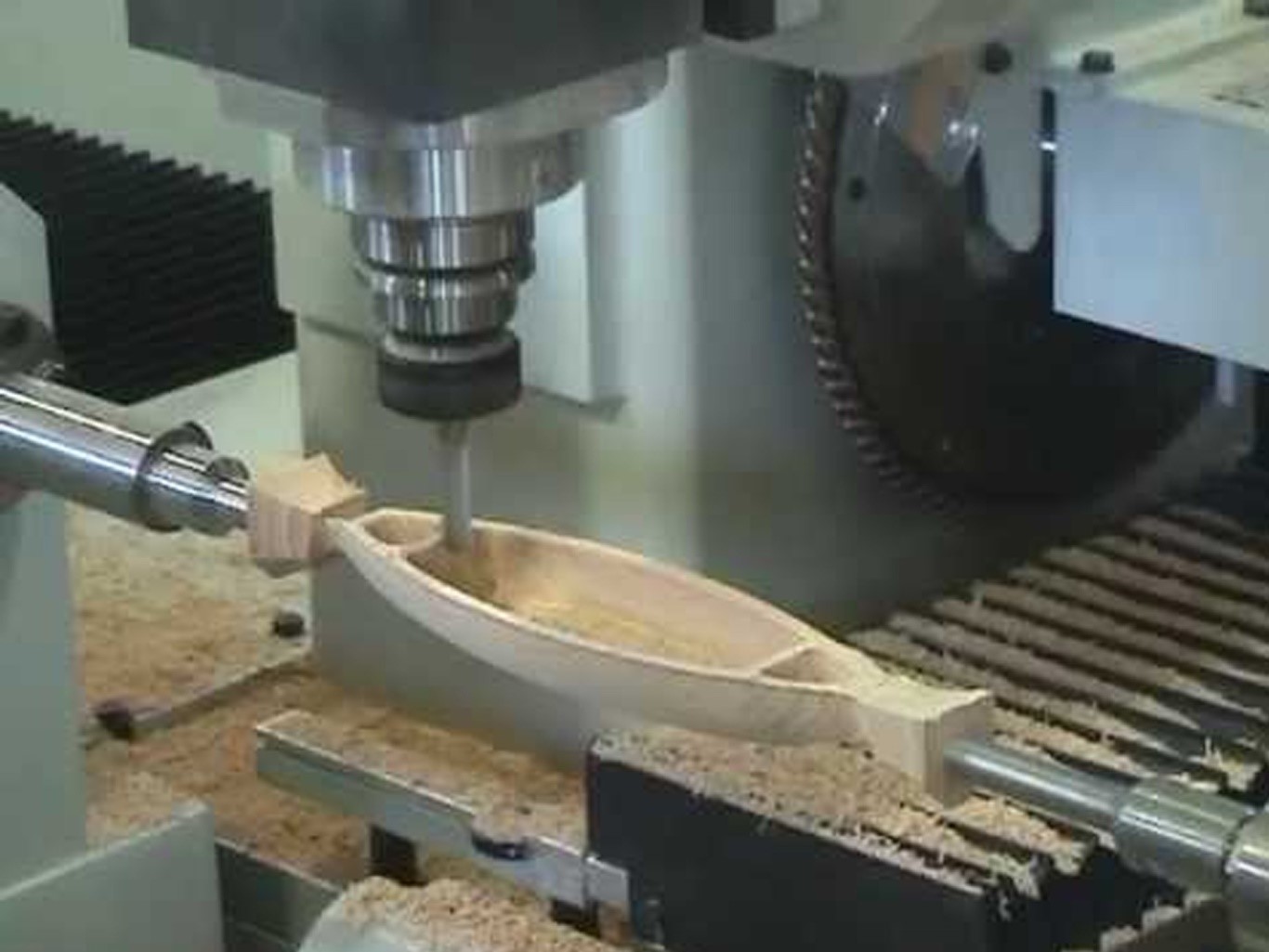Iterative design and development are critical components of the product development process. They allow designers and engineers to revise and improve their designs at various stages, resulting in better-finished products. CNC prototype is essential for improving design iterations and iterative development by giving substantial benefits.

Let’s have a look at how CNC prototyping helps iterative design processes, shortens development cycles, and encourages creativity.
Rapid Prototyping
CNC prototyping provides quick prototyping by dramatically lowering the time required to convert a design concept into a physical prototype. Traditional prototype methods can entail time-consuming operations like mold production or manual sculpting, which can cause design iterations to be delayed. A computer design can be swiftly and correctly transformed into a real prototype using CNC prototyping, allowing for speedier evaluation, testing, and refining.
Design Verification and Validation
CNC prototyping allow you to develop functional prototypes that are nearly identical to the final product. This feature enables designers to assess and verify design concepts early in the development process. Designers can examine elements like shape, fit, functionality, and ergonomics by creating physical prototypes. Any defects or design concerns may be detected and rectified quickly, resulting in better iterations and a higher-quality final product.
Iterative Feedback Loops
CNC prototyping allows for iterative feedback loops to be established between designers, engineers, and stakeholders. Physical prototypes created by CNC machining can be easily shared and examined by many team members, allowing for a collaborative approach to design improvement. Feedback from multiple viewpoints can be included into subsequent design iterations, promoting a more thorough and iterative development process.
Design Optimisation
CNC prototyping enables rapid design changes and optimizations. CNC machines can quickly generate updated prototypes when design defects or areas for improvement are uncovered throughout the iterative process. This flexibility in design adjustments allows designers to experiment with alternative iterations, materials, and features, resulting in improved functionality, aesthetics, and overall product performance.
Cost-Effective Iterations
Businesses can save money in a variety of ways by using CNC prototyping for design iterations. The capacity to quickly and accurately generate prototypes removes the need for expensive tooling or molds necessary in traditional production techniques. Furthermore, CNC machines can operate with a variety of materials, reducing material waste and production costs throughout iterative development cycles.
In the product development cycle, CNC prototyping acts as a catalyst for design revisions and iterative development. CNC prototyping improves the whole design process by enabling quick prototypes, design verification and validation, iterative feedback loops, design optimization, cost-effective iterations, and fostering innovation and creativity. Designers and engineers can iterate more quickly, tweak their designs, and create high-quality products. Integrating CNC prototyping into the iterative development process can result in shorter time-to-market, higher customer satisfaction, and a competitive advantage in the market.
















